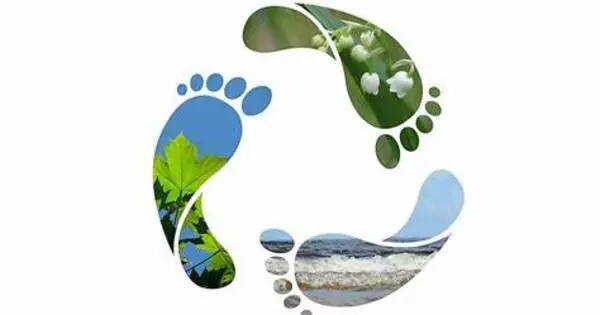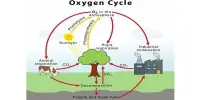A water footprint is the total volume of freshwater used directly or indirectly to support the production of goods and services consumed by an individual, community, or organization. It is a method of calculating the environmental impact of water use associated with various activities and products. The concept of a water footprint raises awareness about water scarcity and sustainability by highlighting the hidden or virtual water consumption embedded in our daily lives.
A water footprint depicts the extent of water use in relation to human consumption. The total volume of fresh water used to produce the goods and services consumed by the individual or community or produced by the business is defined as the water footprint. Water consumption is measured in terms of the volume of water consumed (evaporated) and/or polluted per unit of time.
There are three main components of a water footprint:
- Green Water Footprint: This refers to the volume of rainwater consumed during the growth of crops and other vegetation. It is mainly associated with agricultural activities.
- Blue Water Footprint: This represents the volume of surface and groundwater that is used for irrigation, industrial processes, and domestic purposes like drinking and sanitation.
- Grey Water Footprint: This is the volume of freshwater required to dilute and treat wastewater to an acceptable standard so that it can be safely discharged into the environment. It accounts for the pollution created during the production of goods and services.
A water footprint can be calculated for any well-defined group of consumers (for example, an individual, family, village, city, province, state, or nation) or producers (for example, a public organization, private enterprise, or economic sector), for a single process (such as rice cultivation), or for any product or service.
Water use has traditionally been approached from a production standpoint, by quantifying water withdrawals in the agricultural, industrial, and domestic sectors.
While this is useful information, it is a limited view of water use in a globalized world where products are not always consumed in their country of origin. International trade of agricultural and industrial products in effect creates a global flow of virtual water, or embodied water (akin to the concept of embodied energy).
The goal of calculating water footprints is to encourage more sustainable water management practices. Individuals, businesses, and governments can make more informed decisions about water use and conservation if they understand how much water goes into the production of various goods and services.
Calculating a water footprint can be difficult because it requires tracking water use throughout the entire product and service supply chain. Several tools and methodologies have been developed to assist individuals and organizations in calculating their water footprints and identifying opportunities for water conservation and sustainability.
















